Last Updated on August 3, 2021
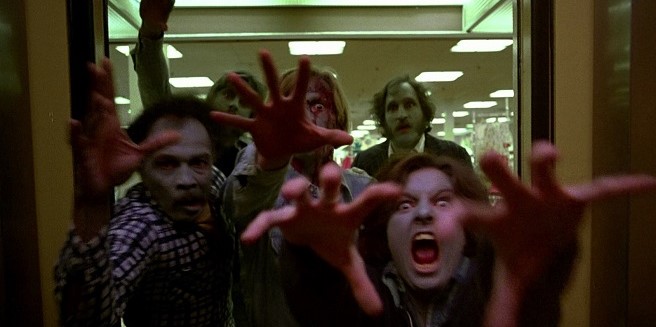
And of course that got us to considering the best of the bunch. You’d be surprised how many A-list directors and bona fide horror classics actually address a hot button political topic. Don’t believe us? Shoot, cop a gander at our Top 10 Politically Themed Horror Flicks above!
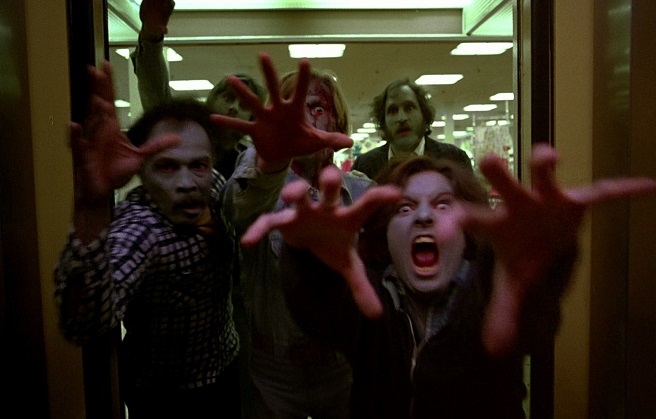
#1. ROMERO’S OF THE DEAD QUADRILOGY (1968-2005)
Mr. Politico himself, George A. Romero, has from the onset littered his movies with sociopolitical commentary. NIGHT OF THE LIVING DEAD was a statement on race-relations in America, done so in perhaps the most charged and volatile Civil Rights year of 1968. Ten years later Romero took on the corporate mall setting and consumer culture that plagued America in DAWN OF THE DEAD, suggesting we’re all becoming brainless zombies ingesting everything we’re told to. Hell, even in LAND OF THE DEAD, Romero addressed a post-9/11 climate of “the other” as a lower class to be kept behind the gates, away from the wealthy elite.
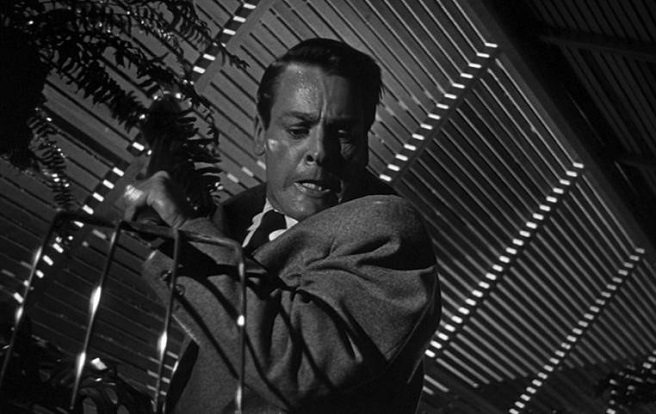
#2. INVASION OF THE BODY SNATCHERS (1956-1990)
Made during the height of the Red Scare of the 1950s, there’s little attempt to hide the equation of the Pod People in INVASION OF THE BODY SNATCHERS with the panic and paranoia of a communist takeover. They look like us, move like us, walk and talk like us, but if they subsume your body, they will render you utterly soulless. That was the argument made in the undisputed classic, and one that has been appropriated to further address social issues of the day when remade in 1978 and 1990. But in a decade of conformity, it’s quite cool to see a movie so clearly advocate individuality and buck the notion of the herd mentality.
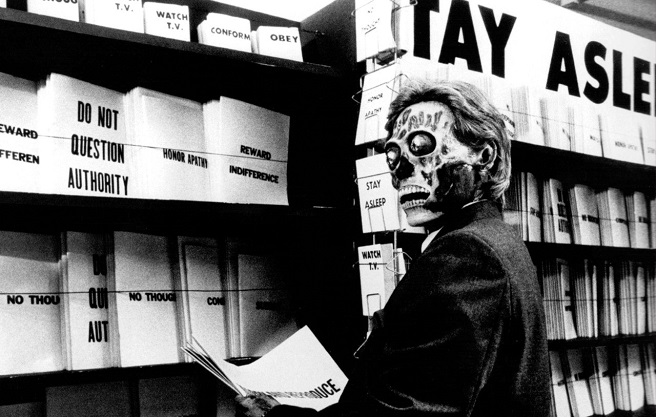
#3. THEY LIVE (1988)
As depicted above, there’s no question at all regarding the intent of John Carpenter’s politically prescient THEY LIVE. Carpenter sought to shine a light on governmental brainwash and the sick and cynical subliminal means of convincing the American public of obeying their consumer-driven agenda. The powers that be feed on keeping the people asleep, zombified, content without questioning a single thing that goes on in their daily lives. It’s a stark wake-up call for the masses to stop, look around and enlighten themselves on how to act in a profit-driven capitalistic society. Nearly 30 years on and the film is still scarily relevant.
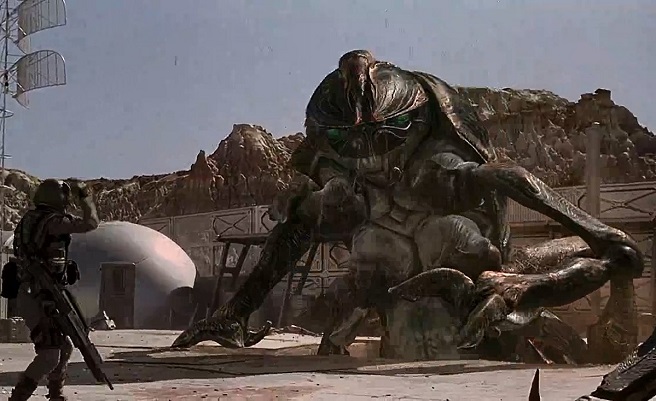
#4. STARSHIP TROOPERS (1997)
Deceptively so, Paul Verhoeven’s giant-bug-incursion of STARSHIP TROOPERS plays as a grand metaphor for the jingoistic mentality of nationalism. We say deceptively because it’s very easy to cast the movie off as a cartoonish sci-fi spectacle of little consequence. It’s easy to glance past the trenchant subtext of xenophobia and the warlike culture of fighting the other. But that’s exactly what the movie addresses, likening those who don’t look, think and act like you as somehow subhuman. As campy and kitschy as it is to look at, Verhoeven actually gives one a lot to think about if you choose to do so.
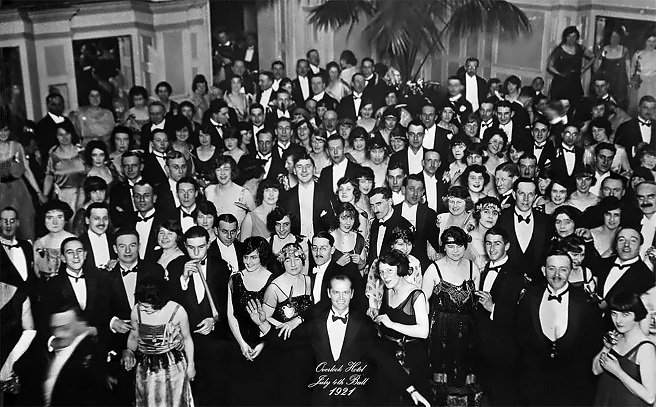
#5. THE SHINING (1980)
Ever since slyly skirting the subject matter of LOLITA, the master Stanley Kubrick has been no stranger to symbolically encoding most to all of his films. THE SHINING is just one example of how Kubrick touched on multiple politically controversial themes, from Native American genocide, to foul play within the NASA space program, and even to the “Gold Room” politics of the Federal Reserve in the 1920s. That’s right, the final 4th of July ballroom photo features a young Woodrow Wilson, the president who signed the Federal Reserve act of 1913…a measure that in effect established the central banking system and led to the creation of the U.S. dollar. Oh, how easy to Overlook!

#6. THE MIST (2007)
Although penned by Stephen King many years prior, Frank Darabont took the opportunity to adapt THE MIST into a politically charged referendum on a post-9/11 America. The titular fog of war could very well refer to the blinding scrim of American idealism and the need to band together against an unidentifiable enemy. The fear, mystery and abject paranoia of an unnameable foe closing in, surrounding us, threatening our way of life is at the heart of the film, as is the loss of humanity in the end when Thomas Jane’s character makes a grave mistake in trying to protect his family.
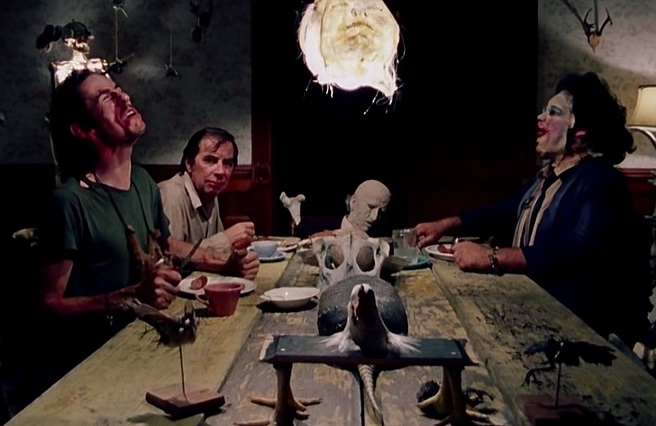
#7. THE TEXAS CHAINSAW MASSACRE (1974)
More subtle and nuanced than you might know, Tobe Hooper’s masterstroke THE TEXAS CHAINSAW MASSACRE isn’t just loosely based on serial killer Ed Gein, it’s also an anti-Vietnam war statement, a gas-crisis indictment, and last but not least, a deeply disturbing look at animal abuse and grossly unsanitary factory farming. The obvious extends to the early slaughter house shots of sedated, mouth-foaming cattle, but consider Leatherface’s animalistic abode. The chicken coups, feathers, bones, skulls, etc. all suggest a flagrant disregard for animal rights. So too is the cannibalistic BBQ joint papa runs, equating human flesh with that of savage animals meant for mass consumption. Only in Texas!
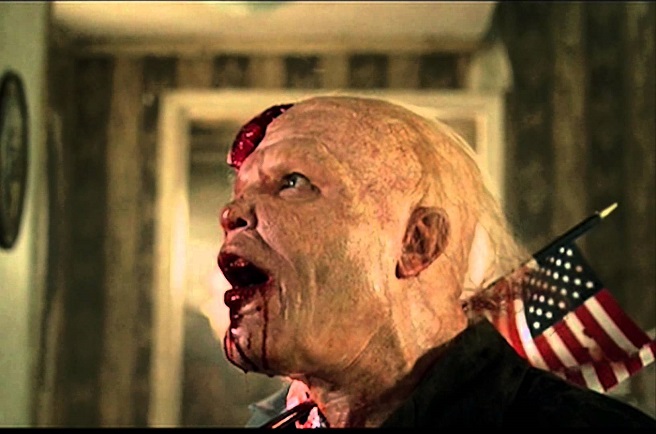
#8. THE HILLS HAVE EYES (1977-2006)
Not often thought of as a political filmmaker, horror maestro Wes Craven actually took quite a bold stance against governmental test-site bombing and the unintended consequences of such in THE HILLS HAVE EYES. You know, savage, hill-dwelling mutants totally neglected and marginalized deep in the heart of the desert. Of course, it took a Frenchman in Alexandre Aja to literally drive the point home even further, doing so with an American flag impaling a mutant through the trachea in the 2006 remake. Still, it took the 70s climate of American filmmaking to tackle such a serious, real-life issue, even if done so under the guise of an exploitative horror piece.
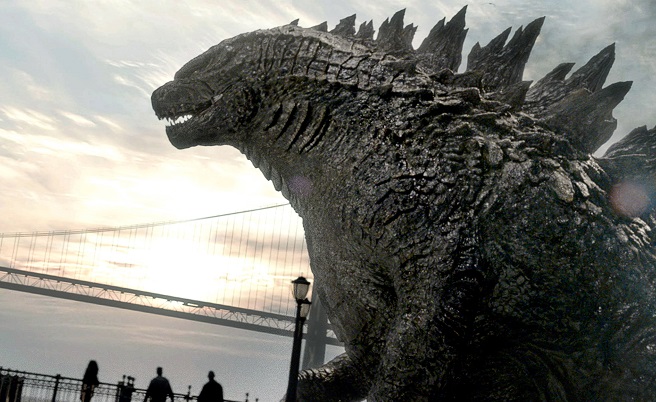
#9. GODZILLA (1954-2014)
13 years after enduring the biggest blast humanity has ever known, the original Japanese GODZILLA (GOJIRA) parlayed a clear metaphor for the potential consequences of atomic radiation. Propaganda or not, the sheer entertainment value of the message has persisted for more than six decades. The film and all its various iterations exhort the horrors of war and how such could result in a monstrous monolith of citywide destruction. The original points directly to American nuclear weapons testing and the irreparable hell-fire incurred as a result.
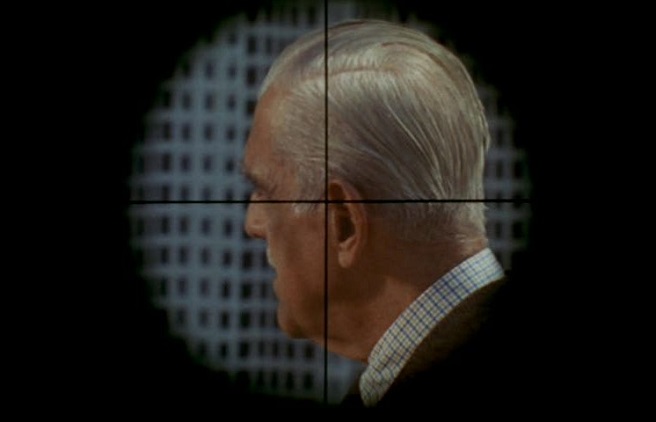
#10. TARGETS (1968)
One of the most contentious issues in America right now is the 2nd Amendment and the easy access to guns. But check the stats, it’s an issue that’s been debated for nearly 50 years, never more evident than in Peter Bogdanovich’s 1968 thriller TARGETS. Loosely based on the Texas sniper Charles Whitman, a deranged young Vietnam vet who posted up on the roof of the University of Texas and shot 14 people to death. In the film, costarring the great Boris Karloff, Bogdanovich interchanges an aging horror film star with that of a violently disaffected youth, suggesting the real terror resides in real life, not in the movies. See this movie if you haven’t!


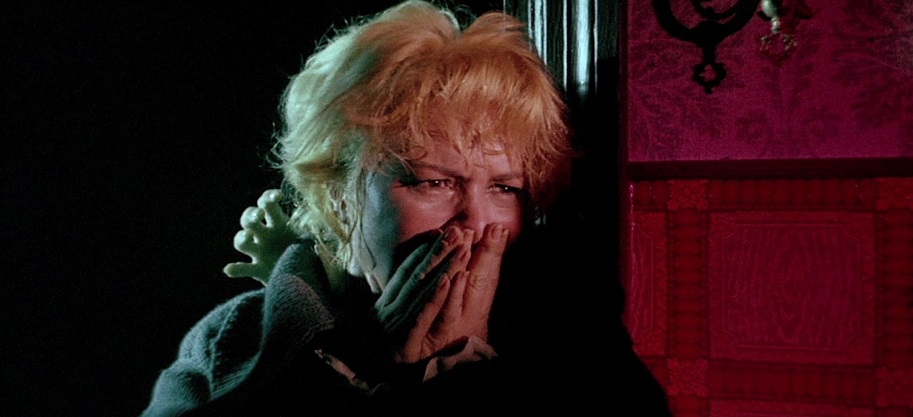
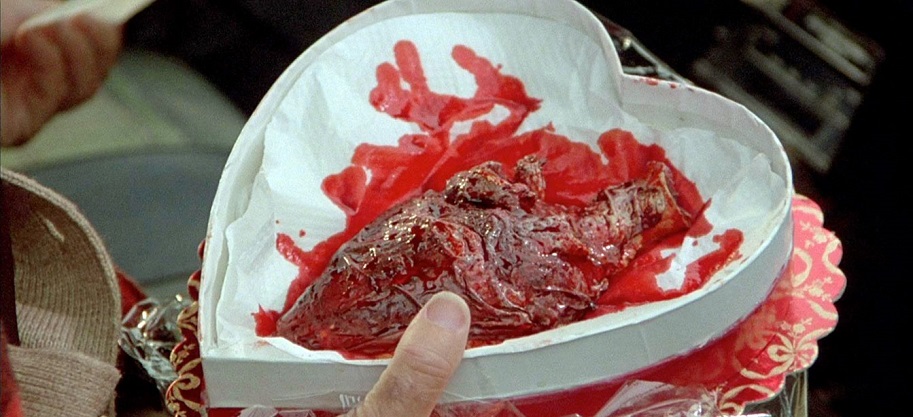
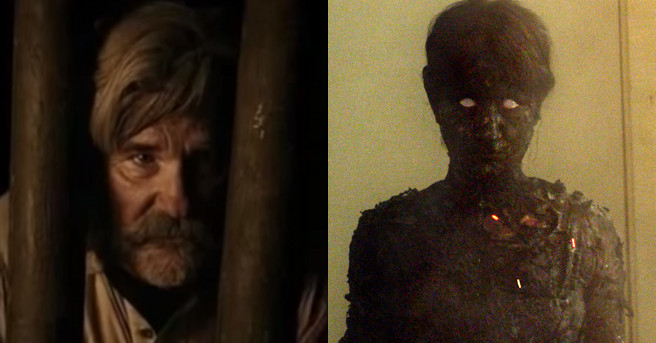


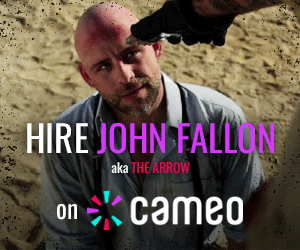
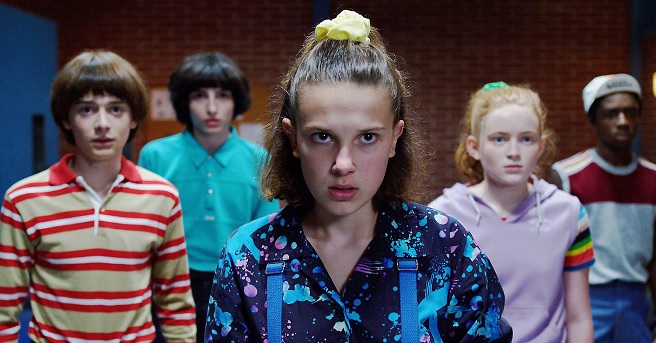

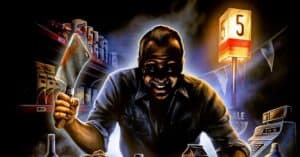

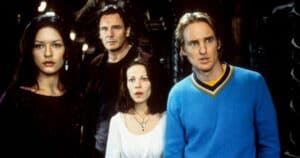
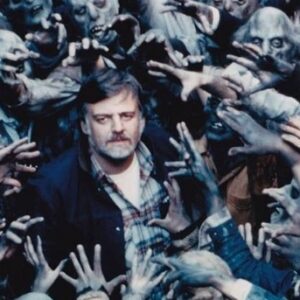
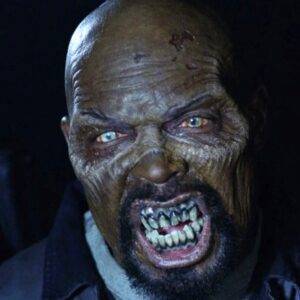



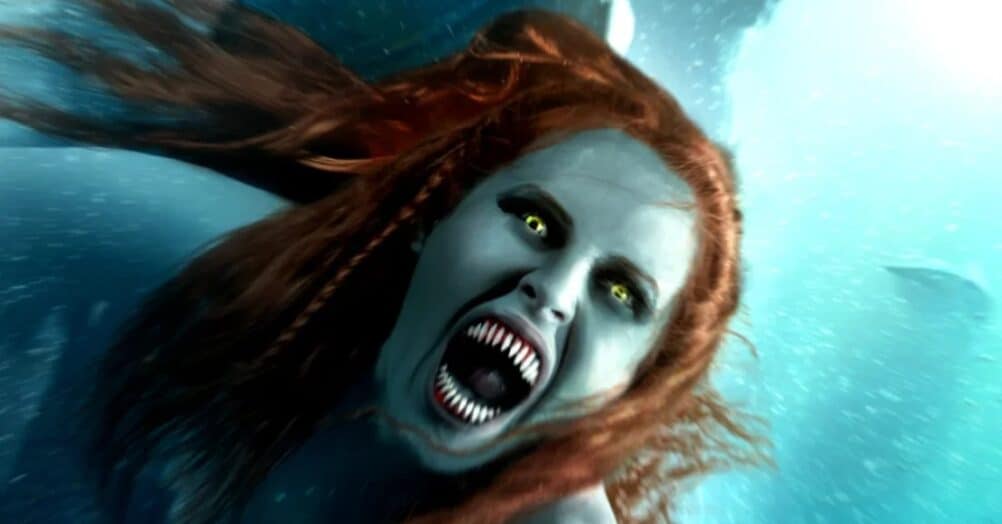
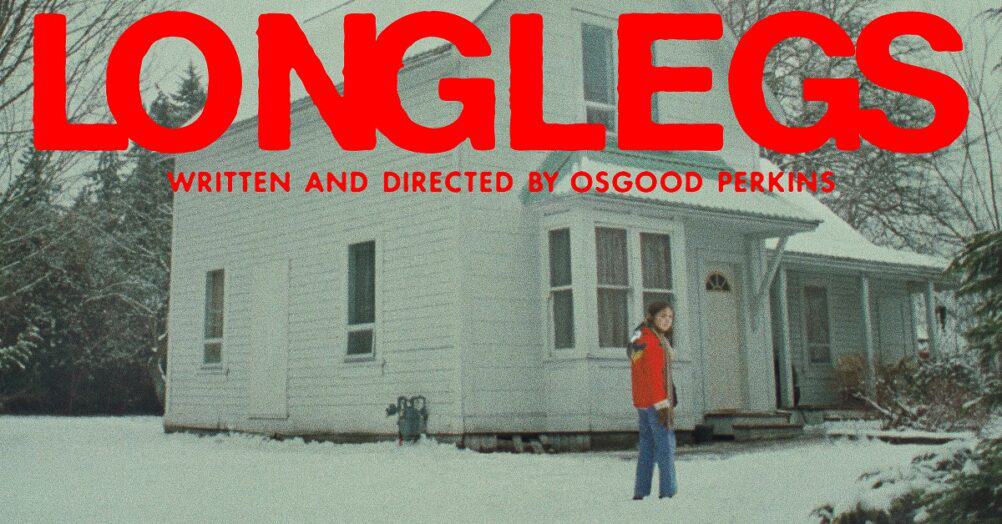
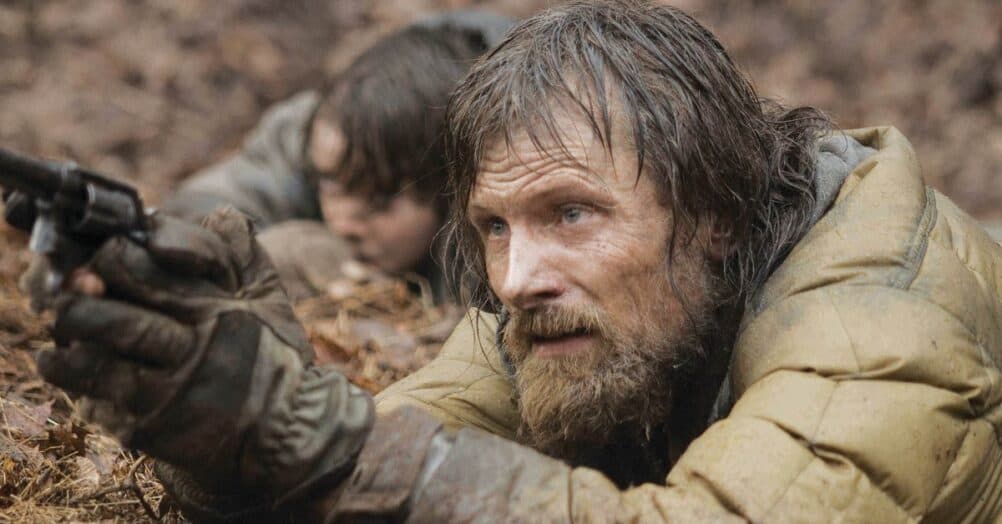
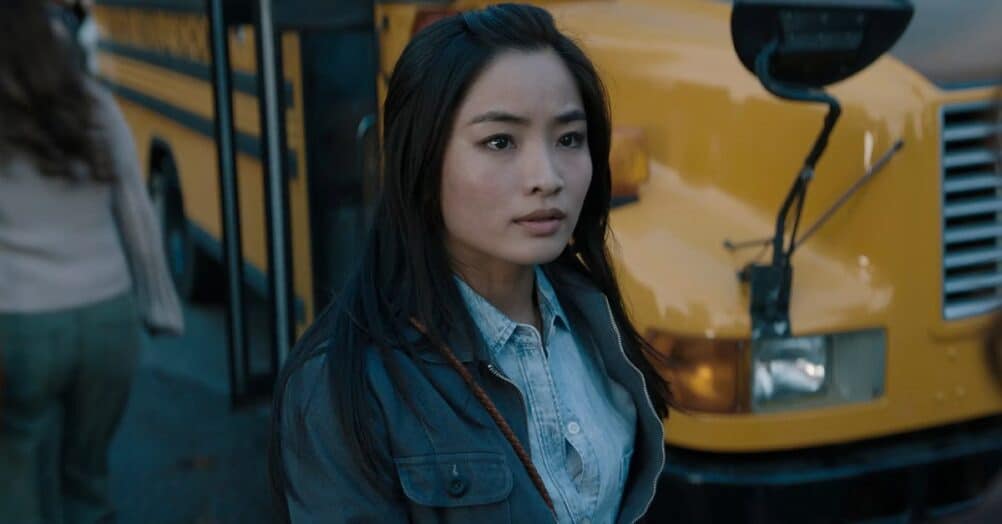

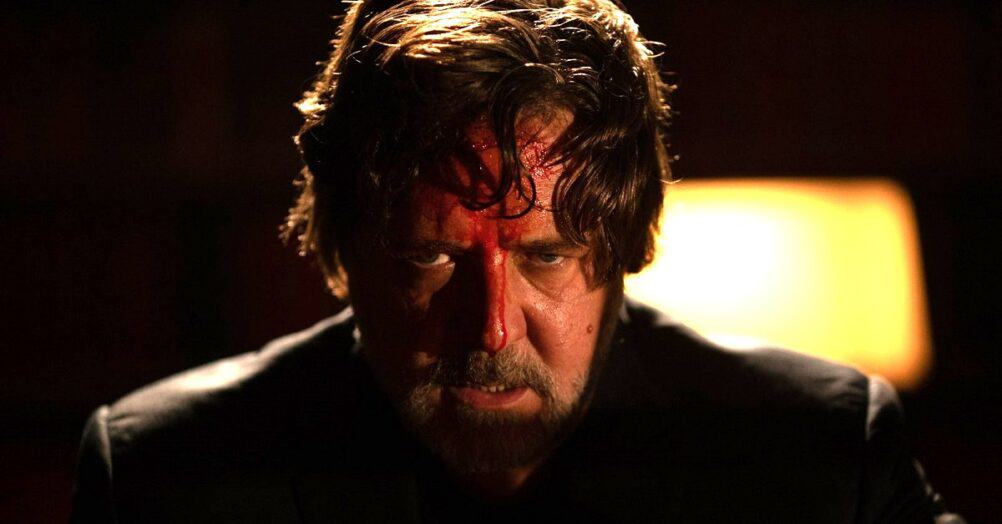
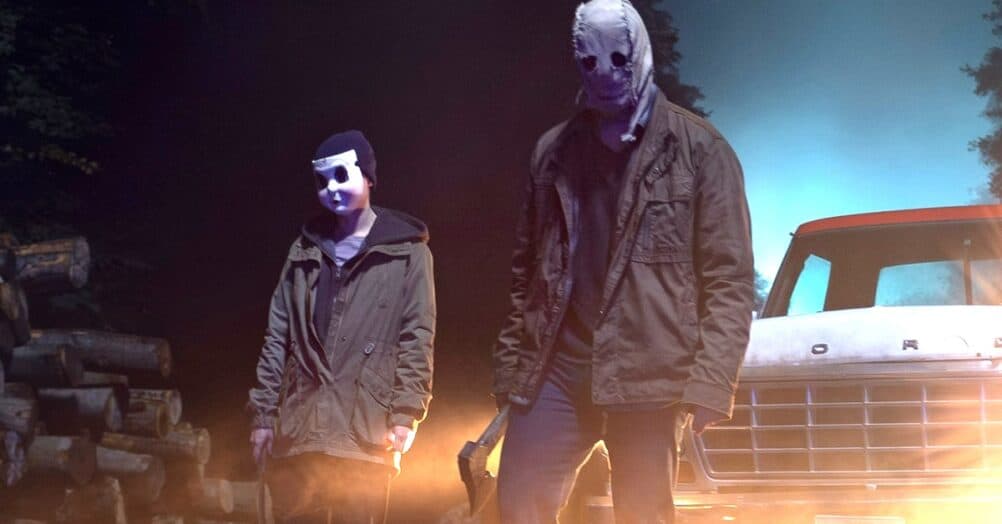

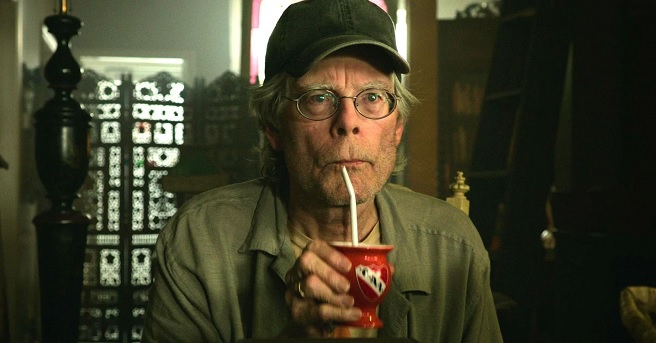
Follow the JOBLO MOVIE NETWORK
Follow us on YOUTUBE
Follow ARROW IN THE HEAD
Follow AITH on YOUTUBE